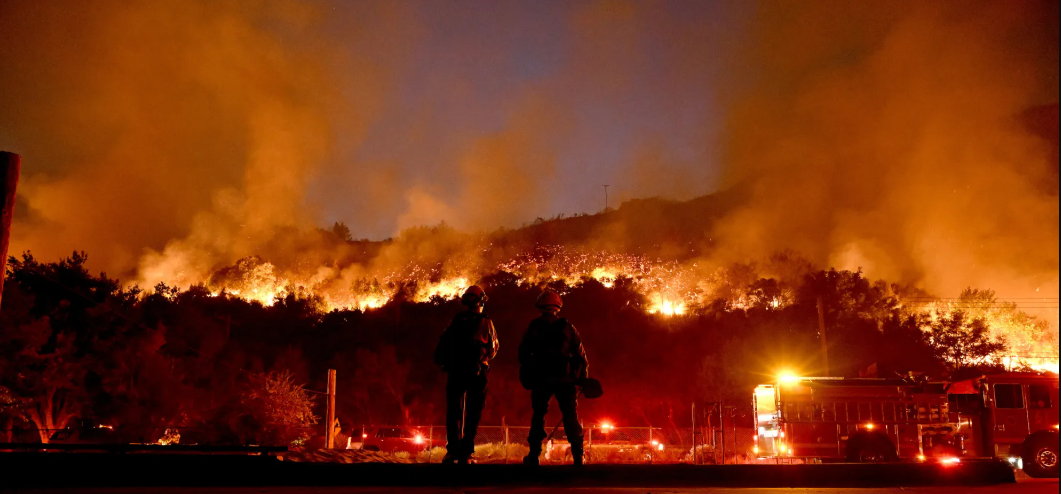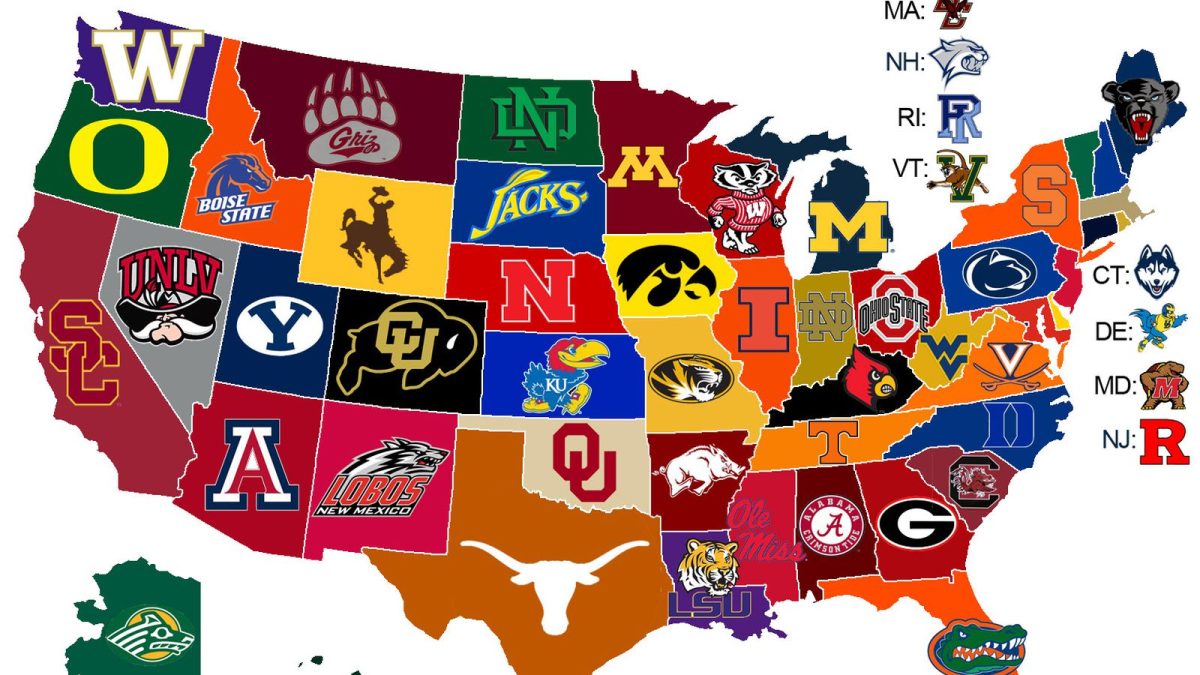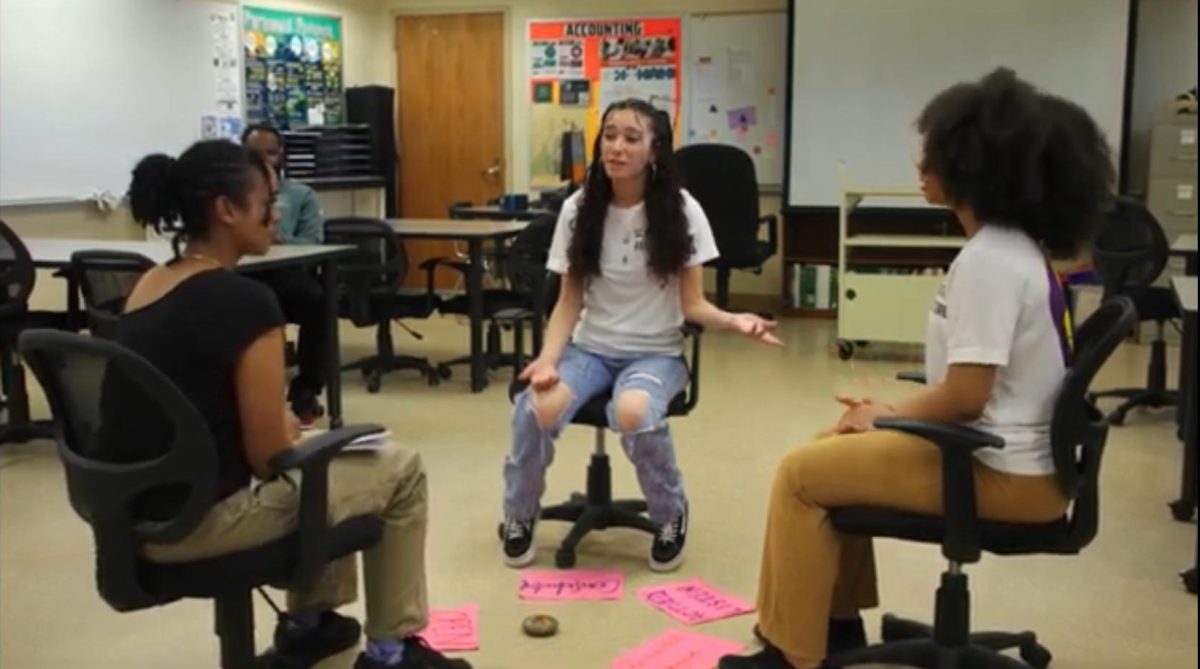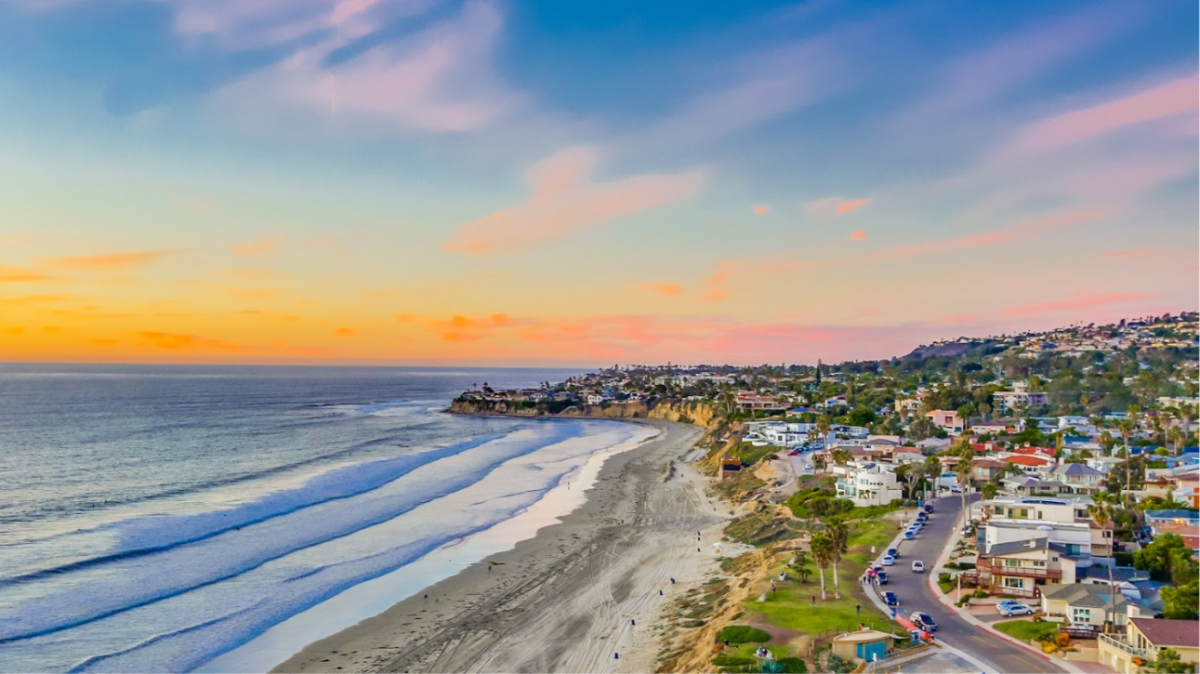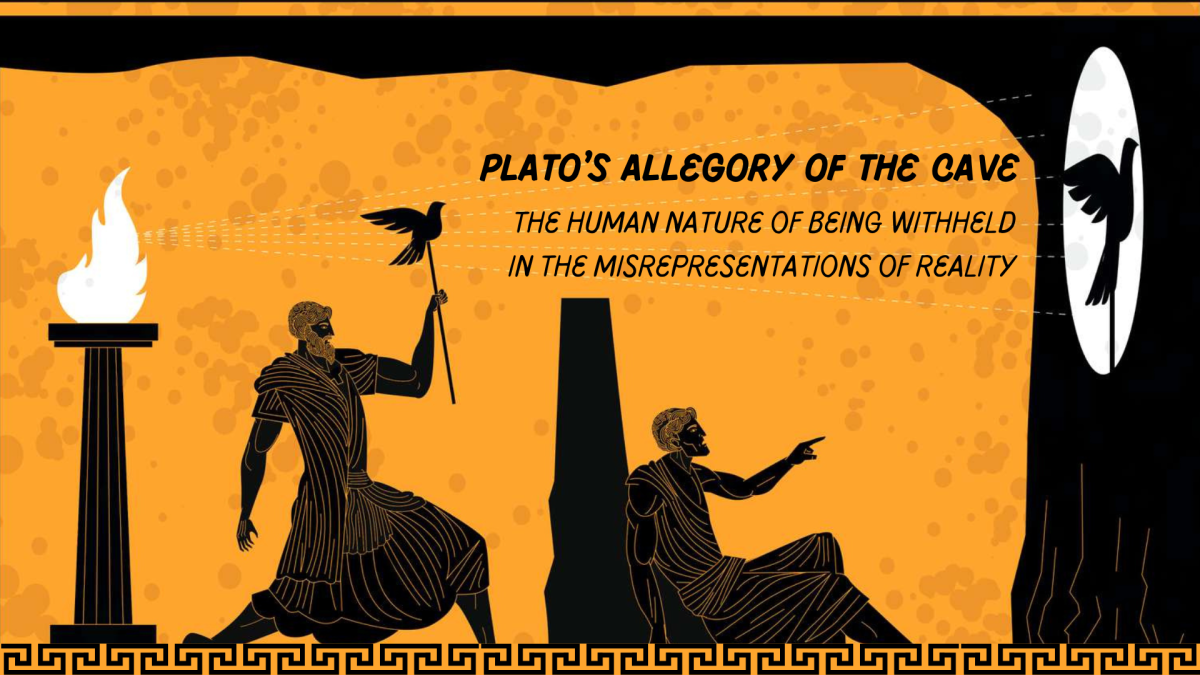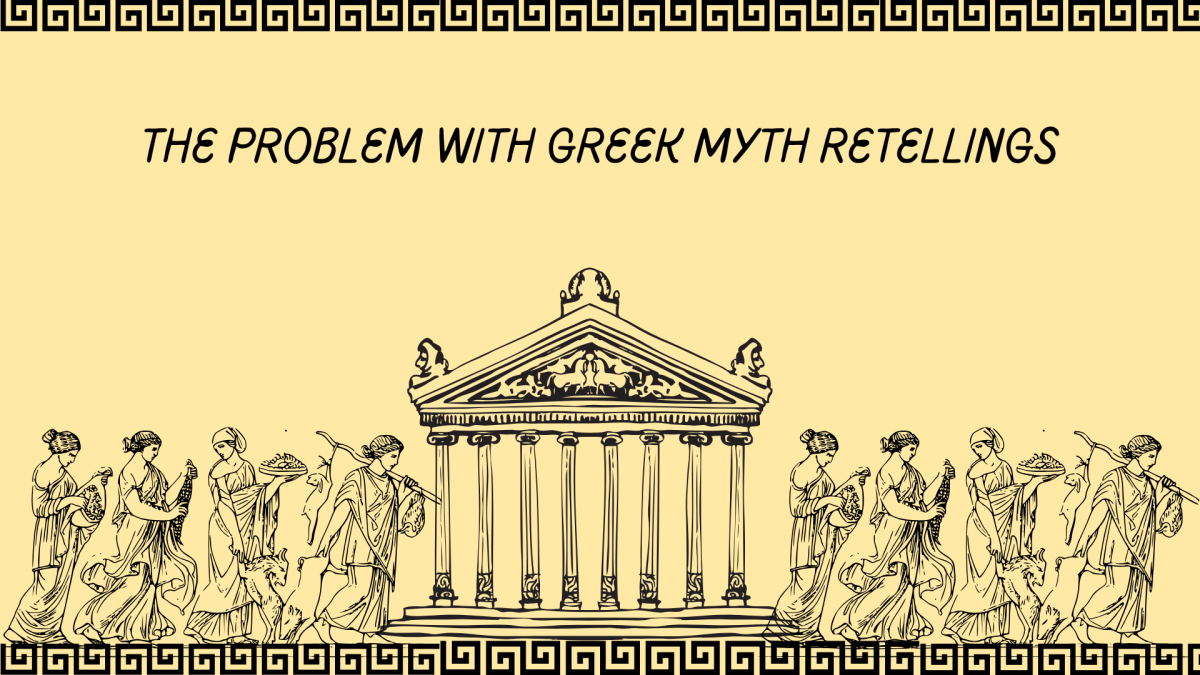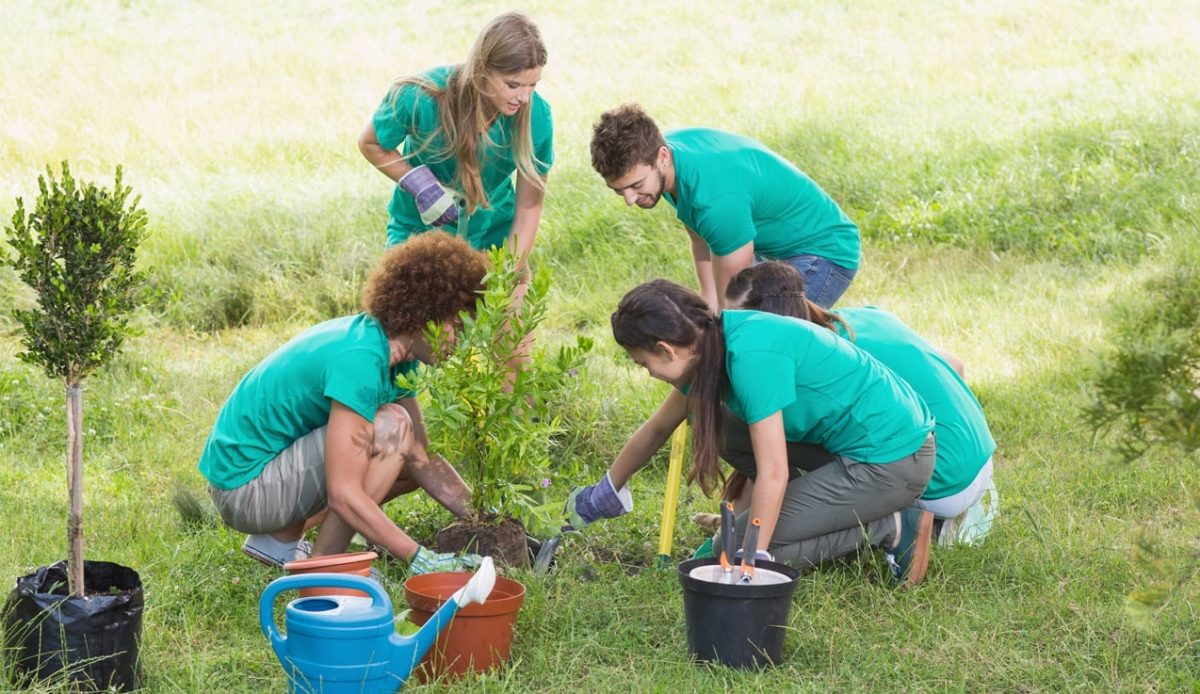It is early September with excessive temperatures: increasing the probability for some of the most dangerous and highly destructive fires in California. Just last year, some of the largest and most disastrous fires occurred in the month of September.
The most significant fire was the Bridge fire, which burned 56,030 acres. This is eight times the size of Mission Trails Regional Park.
Typically, fire season in California can start as early as May, and lasts until October. More recently, it has been starting sooner and ending later due to less rainfall and higher temperatures that make up California’s drought. Right now, 22.7 million California residents are currently living in an area affected by drought.
If you’ve ever opened your weather app and it says ‘red flag warning,’ the National Weather Service put out the highest level of warning for fire conditions. This means even the smallest spark can start a fire. With that, human activity like cigarette buds or campfires can add to the risk. As California has been in a drought since 2023, it is another serious threat as the dry conditions make it easier for a fire to ignite. On top of that, hot, dry Santa Ana winds can gust up to 70 miles per hour. These winds can transform a small fire into one of the biggest, most destructive fires.
Just at the thought of them, wildfires can be alarming to communities. Luckily, there are many resources, information and people that dedicate their occupation to help prepare in case of a fire.
Patrick Buttron is the Emergency Management coordinator for California’s Governor’s Office of Emergency Services, also known as Cal OES. Formerly, he served as a firefighter for a local fire department in San Diego for eight years. He recommends signing up for your local office of emergency alerts. For San Diegans, this would be Alert San Diego. Buttron also said Cal Fire has an outreach program to further “inform the public about safety procedures and preparedness.”
One of the best ways to prepare and prioritize is to have a disaster plan in place. The most ideal way to get the information you need is through Alert San Diego, where you can access the necessary documents. The disaster plan not only covers wildfires, but other natural disasters that are expected to happen, like earthquakes and floods. Simply print the documents and fill them out with your information accordingly. Additionally, putting together a ‘go bag’ is extremely helpful. You can buy them already prepared, or you can make your own. The bag should include medications, a simple first aid kit, identification, passports and visas. It should also contain money, including copies of credit cards, as well as a portable charger with a phone and a contact list. Don’t forget other personal items like prescription eyewear/contacts, hand sanitizer, some snacks and a water bottle. Other things like a flashlight, insect repellant and sunglasses are sure to come in handy.
California’s wildfire season is surely not something we look forward to. Regardless, wildfires are bound to happen and destroy our environment and communities. With that, there are some precautions we can take to prevent more fires happening, and ways to prepare ourselves. Ensure that you properly dispose of campfires and other flammable materials, as well as have the necessary documents along with a ‘go bag.’ These helpful insights can make California’s wildfire season a little less stressful.


